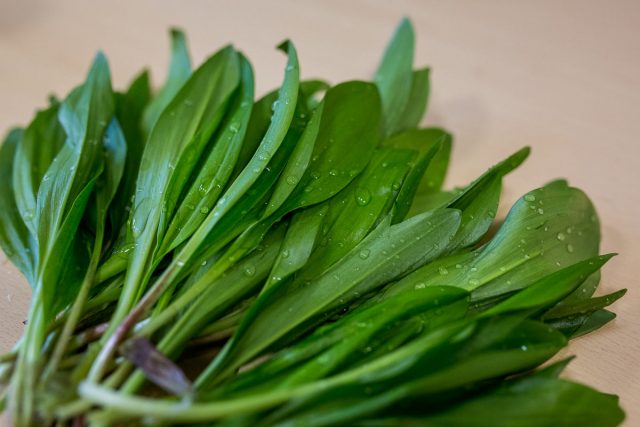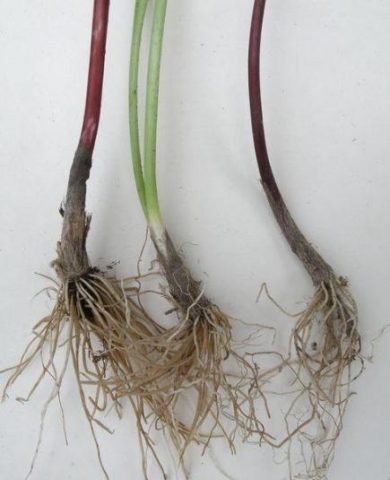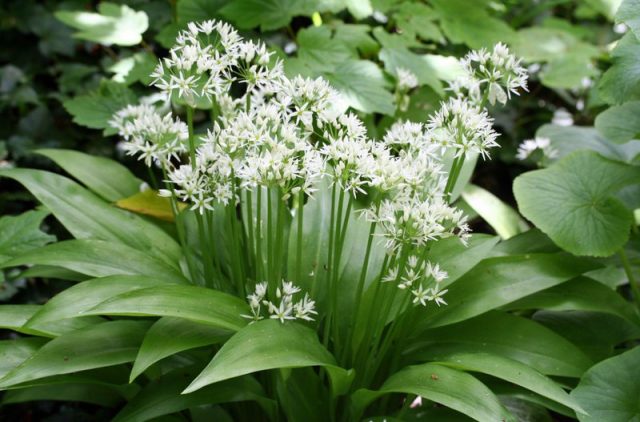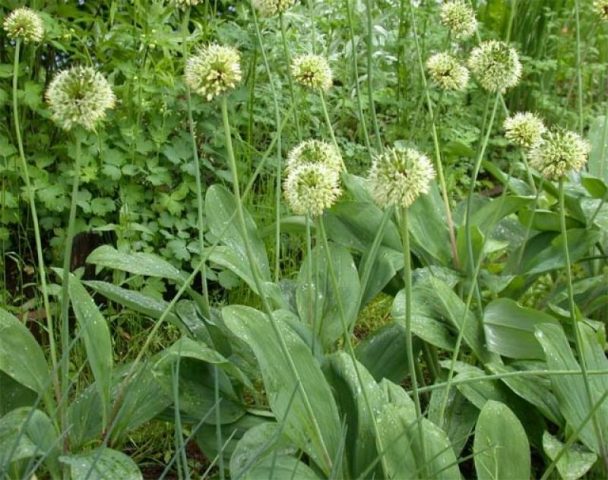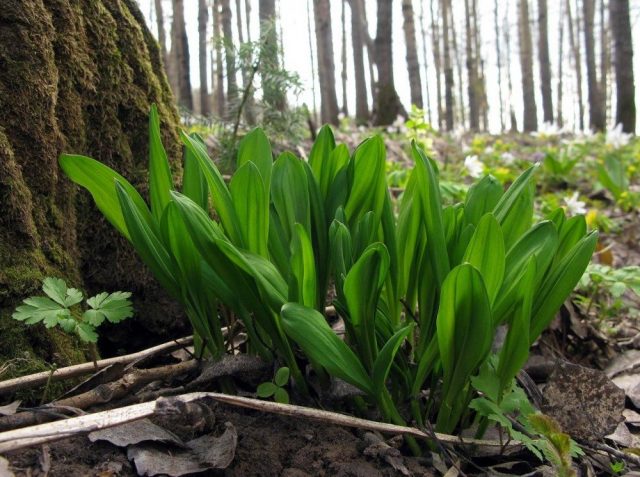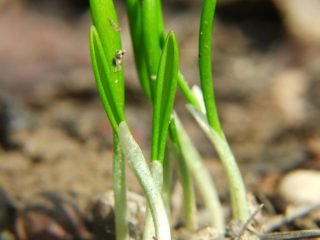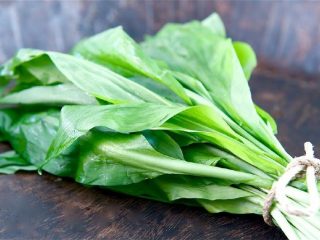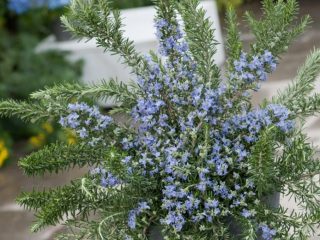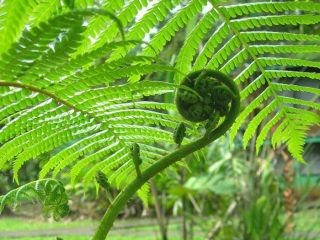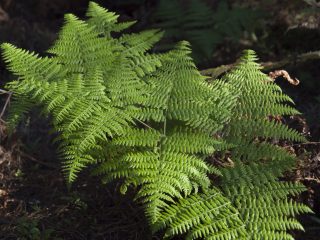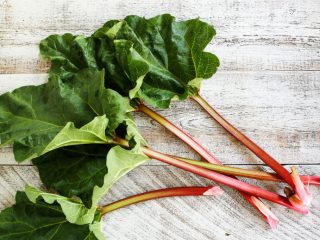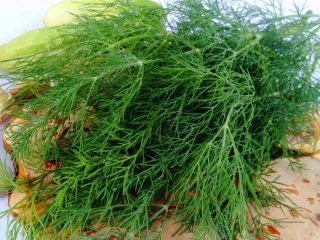Content
Ramson from seeds at home is the best option for propagating a wild vitamin-rich species. There are 2 most common types of wild garlic with leaves similar to lily of the valley - bearish and victorious. The first, with a peduncle up to 30 cm tall, with a white corolla, grows in the forests of the Caucasus, Siberia and Europe, developing before the beginning of summer, like most bulbous plants. The second species is found in Siberia and the Caucasus; it is larger, with greenish flowers, and grows all summer. Both plants are included in the Red Book of individual regions and are propagated by seeds.
How does wild garlic reproduce?
Like any wild species, wild garlic takes root only in conditions that are as similar as possible to its natural habitat. This wild onion is naturally found in deciduous forests, clearings, and wetlands; it does not like open spaces. Natural reproduction of the species is by seeds, which independently disperse over the ground in summer and autumn. Shoots appear the following spring from seeds that lie all winter. Covered with grass and leaves, the grains withstand frost.Therefore, it is recommended to propagate wild garlic with seeds that have undergone stratification. They are placed in the substrate in the refrigerator for 80-90 days. Some experts insist that wild garlic seeds do not have a dormant period, and such a technique is not needed for plant propagation.
There are certain difficulties in propagating wild bear onions. Seeds collected in summer and autumn have a short germination time. Adapting to nature's schedule, it is better to plant wild garlic seeds before winter. Spring sowing of seeds will produce sprouts half as many as seeded grains. Shoots may appear even after a year, so it is better to mark the sown area and not process it.
Many gardeners note that bear onions already growing on the site were propagated by dividing the bush. In this case, this method is easier than growing wild garlic from seeds at home. You need to carefully dig up the wild garlic bush so that all the roots growing from the bulb are preserved, preferably with a clod of earth. Divide into separate bulbs and immediately plant in prepared and watered holes. Propagation of wild garlic by bulbs is possible only in those areas where the endemic grows. A crop transported for several hours loses moisture from its small roots and more often dies in a new area.
How to plant wild garlic seeds
When choosing a site for wild garlic, take into account natural factors in which the plant reproduces by self-sowing seeds:
- moderately moist soil, possibly close to groundwater;
- no melt or rain water is collected on the site;
- soil made of clay, sandy loam or loam with a slightly acidic or slightly alkaline reaction;
- shady place, partial shade;
- the entire area is mulched with leaves and chopped dry grass.
If the gardener is sure that he has the seeds of a winning onion and not a bear onion, it is better to place the plants in a sunny area. This type of wild garlic prefers bright clearings.
When can you sow wild garlic?
Successful planting of wild garlic seeds is in the fall, at the end of August, until mid-September. In the store, you need to pay attention to the packaging date of the products. Fresh seeds collected this year in the summer will ensure good germination in the spring. Gardeners claim that seedlings can appear on the ground in the garden even after a year and a half. Seeds that have not undergone stratification lie in the ground for so long. If they remain intact, they will sprout late. Therefore, the area is fenced off, mulched, and moistened throughout the warm season. Spring planting of wild garlic seeds is traditionally carried out after stratification.
Soil preparation
If the seeds are sown in containers, select a container with a depth of 12-15 cm. The wild garlic sprouts will spend at least 2 years in the container until the time of replanting. Carefully prepare the nutrient substrate:
- 2 parts garden or forest soil;
- 1 part humus or compost;
- 1 part peat.
Drainage made of small pebbles and expanded clay is placed at the bottom of the containers. The bottom plane of the container must have holes. Containers are placed on pallets.
Sowing wild garlic seeds in garden soil also involves preparing the site:
- mark the borders of wild garlic crops with a fence;
- in low-lying areas, 20 cm of the fertile layer is removed in order to install brick or crushed stone drainage underneath it;
- acidic soil is dug up in the summer and limed;
- a week before sowing the seeds, add organic matter, a bucket of humus per 1 square meter. m.
Stratification of wild garlic seeds
Sowing wild garlic seeds before winter directly into the ground on the site implies their natural stratification in the frozen soil. If the seeds germinate in a container, they are frozen:
- placed in a container with soil or sand;
- put in the refrigerator for 2 months.
How to sow wild garlic
For better germination, wild garlic seeds are treated in growth-stimulating solutions according to the instructions and germinated. After treatment with the preparations, the seeds in a gauze bag are placed in a flat, convenient container, into which a little warm water is added from time to time. During the germination process, the fabric should remain wet and transfer moisture to the seeds. The air temperature should be within + 20-26 °C. Cover the container so that the moisture does not evaporate too quickly.
The sprouted seeds are laid out in rows with tweezers, lightly sprinkled with soil in a layer of up to 0.5-1 cm. Now the long process of emergence, development and strengthening of seedlings at home will begin.
In open ground, the depth of the rows is up to 5 cm, the interval between the grooves is 15-20 cm. For such sowing, the wild garlic seeds are not germinated, but simply laid out in the grooves, using 10 g per 1 sq. m. m. Peat is sprinkled on top to make it easier for the sprouts to break through to the light in the spring.
There is another way to propagate wild garlic by seeds in the fall:
- lay out 2-3 dry grains on compacted soil in a ceramic pot;
- pour a layer of peat up to 3 cm on top;
- The pot is placed in a hole in the garden according to its volume, and the top is covered with peat and other mulch, leaves, and rotted straw.
In such conditions, the seeds spend the winter, then in the spring the mulch and peat are removed, but the place with the pots must be designated for watering and care.
How to grow wild garlic from seeds
To propagate wild garlic in the country, the sprouts are transplanted from the container a year later, next spring. They adhere to strict rules for caring for fragile sprouts at home:
- all this time, young plants are kept in a bright place, but not on a sunny windowsill, so that they do not wither;
- the soil must be moistened regularly;
- once a week, lightly loosen the soil with a thin stick, without getting close to the sprouts;
- in autumn and winter, crops are provided with additional lighting, up to 10-12 hours a day.
Onion sprouts that have sprouted outside are also provided with constant care:
- Easily loosen the soil with a thin, narrow tool.
- Carefully remove weeds.
- Water between rows.
- Add peat if it has washed out after rain.
- Renew the layer of leaf mulch.
Watering schedule
Onion sprouts that are in a seedling container are watered every other day or two. The soil should not be over-moistened and at the same time allowed to dry out. In summer, during the hot season, watering twice a day is possible. In late autumn, it is enough to water the container 1-2 times a week.
Do I need to feed
In the first year of growth, bear onions are fed with balanced complex fertilizers for greens:
- "Energen";
- "AVA"
- Sapropel;
- "Gardener";
- "WMD";
- "Hera" and others.
After transplanting to a permanent place, organic fertilizers are also used, such as infusions:
- from manure;
- litter;
- green grass.
When can you replant wild garlic?
The sprouts will get stronger only by the second spring of their development. You can replant wild garlic at the end of April; the crop is not afraid of return frosts and cool weather:
- you need to take special thin and long blades for seedlings in the form of spatulas, which can be used to divide the soil in the container into sections, which will contain one bulb each;
- the soil in the hole is watered before planting, as in a container with seedlings;
- sections are taken onto a shoulder blade and transferred to the hole, trying not to damage the long roots;
- The holes are covered with earth, compacted and mulched.
Ramson grows in one area for 6-7 years. After 2-3 years, new plants bud from the bulb, forming a dense bush, which is planted in the spring using standard agricultural techniques. At the same time, the first wild garlic blossom begins. Bear onion produces seeds in July, with the aerial parts wilting. The seeds of the victory onion are collected in August. Leaves for greens are cut after 5 years of plant development.
Conclusion
Ramson from seeds at home will give the first harvest in the 4-5th year of development. In this case, only 1 leaf is cut from each plant, be sure to leave leaves for the growing season of the bulbs. The complex propagation process is justified, since the culture is rich in its beneficial composition.
